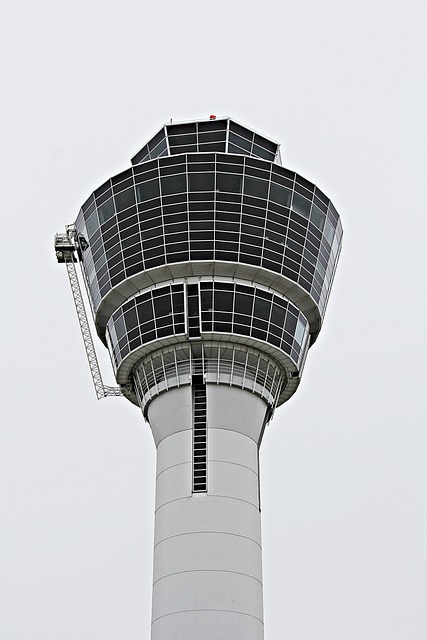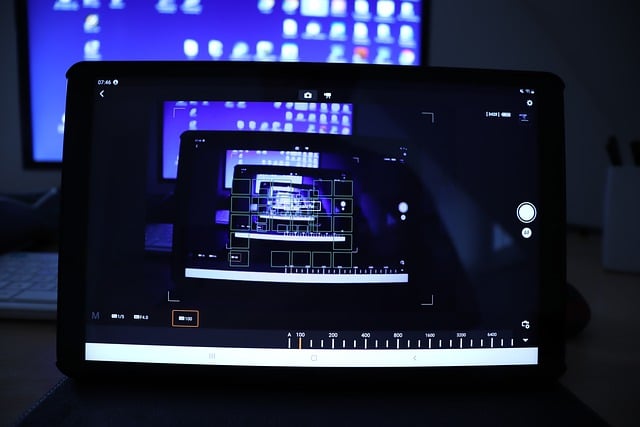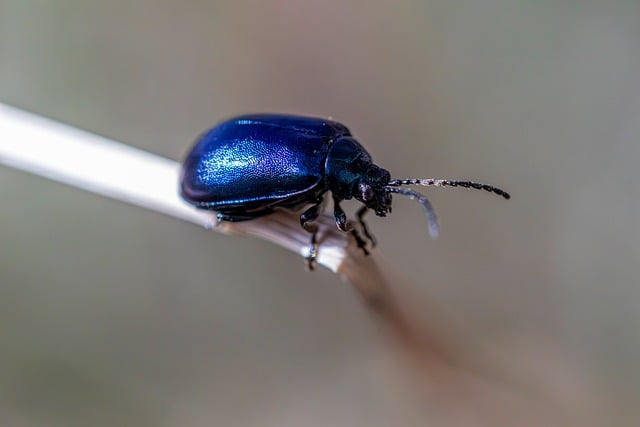Bird control for pigeons on commercial buildings in Denver faces challenges due to the birds' adaptability and large urban populations. The city prioritizes humane, non-lethal methods such as visual deterrents, physical barriers, and habitat modification. Ethical techniques include reflective objects, noise makers, live capture traps, and strategic planning with tools like netting and decoys. These strategies ensure effective pigeon management while upholding humane treatment standards, protecting buildings from damage caused by nesting and droppings.
Wildlife control, particularly bird management, is a critical aspect of urban conservation. This article explores humane capture methods focusing on pigeons, a common yet controversial urban species. We delve into the unique challenges of pigeon control in Denver, offering insights into effective and ethical strategies tailored to dense urban environments. From understanding local perspectives to implementing efficient bird control on commercial properties, these practices aim to balance human-wildlife coexistence while addressing pigeon-related issues in cities like Denver.
- Understanding Pigeon Control: The Denver Perspective
- Humane Capture Techniques for Pigeons in Urban Environments
- Implementing Effective and Ethical Bird Control Strategies on Commercial Properties
Understanding Pigeon Control: The Denver Perspective

Pigeon control in urban areas, particularly on commercial buildings in Denver, is a significant challenge due to the bird’s adaptability and large populations. The city of Denver has taken a proactive approach to managing pigeon populations humanely, focusing on deterrents rather than lethal methods. This strategy not only aligns with the city’s commitment to animal welfare but also prevents the harmful effects of toxic substances on both wildlife and humans.
The Denver perspective on bird control emphasizes the use of non-lethal techniques like visual deterrents, physical barriers, and habitat modification. Visual aids such as reflective objects and scaring devices have proven effective in deterring pigeons from landing on buildings. Physical barriers like mesh netting or spikes are also employed to prevent access to ledges and rooftops. Additionally, managing the availability of food sources and creating an unappealing environment for nesting can significantly reduce pigeon populations without causing harm.
Humane Capture Techniques for Pigeons in Urban Environments

In urban environments, humane capture techniques for pigeons are particularly crucial, especially on commercial buildings in cities like Denver. Traditional methods often involve toxic bait or brutal traps, which can cause harm to both the targeted pigeons and non-target wildlife. Bird control professionals now favor more ethical approaches that focus on deterrence, modification, and live capture.
For bird control for pigeons on commercial buildings in Denver, one effective humane method is the use of visual and auditory deterrents like reflective materials, noise makers, and predator models. These strategies disrupt pigeon roosting patterns without causing them direct harm. Live capture involves using noose or net traps that ensnare pigeons gently, allowing for their subsequent relocation to more suitable habitats outside the city. This method is particularly beneficial for managing pigeon populations in urban areas while maintaining a humane treatment of these birds.
Implementing Effective and Ethical Bird Control Strategies on Commercial Properties

Implementing effective and ethical bird control strategies is paramount, especially on commercial properties like buildings in Denver. Pigeons and other birds can cause significant damage to structures through their nesting habits and droppings, which not only mar the aesthetic appeal but also pose health risks. However, traditional methods of bird control, such as toxic chemicals or violent deterrents, are inhumane and ineffective over time.
Fortunately, there are humane alternatives that combine strategic planning with environmentally friendly tools. These include using bird netting and spikes to block access to ledges and rooftops, installing reflective tape or visual deterrents like scarecrows or owl decoys, and employing sound-based repellents that mimic natural predators’ calls. By adopting these methods, commercial property managers in Denver can humanely manage bird populations, ensuring a safe, clean, and aesthetically pleasing environment for business operations and patrons alike.
In addressing bird control for pigeons on commercial buildings in Denver, it’s clear that humane capture methods offer a balanced approach. By understanding the specific challenges of urban environments and implementing ethical strategies, we can effectively manage pigeon populations without causing harm. The techniques discussed, such as non-lethal traps and deterrents, provide a sustainable solution, ensuring a harmonious coexistence between humans and these resilient birds in Denver’s skyline.
